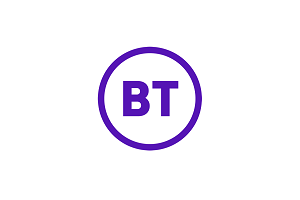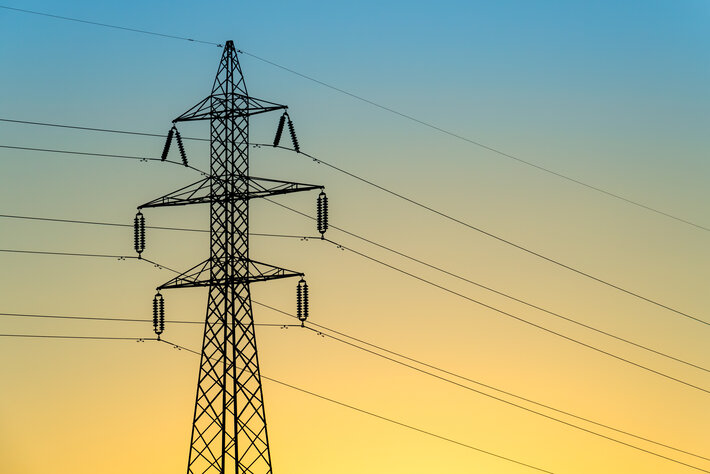BT and Ericsson have demonstrated the transmission of 5G services in a wideband FDD (frequency division duplex) radio carrier (over 20MHz) within a sub-3 GHz spectrum band. The trial demonstrated benefits of configuring a carrier bandwidth of 50MHz (50MHz downlink + 50MHz uplink) in EE’s 2.6GHz band and performing downlink aggregation with two TDD (time division duplex) carriers in EE’s 3.5GHz band. The trial also evaluated an intermediate carrier bandwidth of 30MHz.
Conducted on BT’s live network in Bristol and Potters Bar using existing Ericsson commercial hardware (Baseband 6648, Radio 4419) and by activating the software feature ‘large bandwidth support low-band’, testing with MediaTek Dimensity powered handsets with integrated MediaTek M80 Release-16 modem, the trial has shown a capacity uplift of more than three times with a single FDD carrier. This is particularly for the uplink in 5G standalone (5G SA), which is currently based on a single carrier.
Enabling 5G to be expanded in FDD bands is an important step in paving the way for the arrival of EE’s 5G Standalone mobile network. 5G SA will in future enable superior experiences for consumers and businesses meeting the growing demand for data, driven by the likes of cloud gaming, VR (virtual reality), and emerging edge technologies.
Greg McCall, chief networks officer, BT Group, comments, “This breakthrough is the latest example of our commitment to maximising the full potential of 5G for our customers. As network quality and accessibility improve, so too will innovation and the 5G services ecosystem. Demonstrating new network capabilities such as those announced today is critical to achieving this goal, and also paves the way to ensuring that 5G SA delivers new possibilities for our customers.”
Evangelia Tzifa, chief technology officer, networks and managed services, for Ericsson UK and Ireland says, “This is a great step forward for the deployment of 5G Standalone for EE in the UK. Ericsson innovative software capabilities such as large bandwidths for NR FDD as well as NR Carrier Aggregation enable a solid foundation for improved end user experience and network performance. This is a fundamental link for business success and the evolution to next-generation connectivity across the country.”
Ho-Chi Hwang, general manager of wireless communication systems and partnerships at MediaTek, says, “This remarkable achievement of boosting uplink capacity is a fundamental step for the evolution from 5G Non-Standalone to 5G Standalone networks. By supporting an uplink connection in a single FDD carrier with a wider bandwidth, MediaTek Dimensity 5G chipsets already meet the surging demand for uplink data in a new era of mobile applications”.
Comment on this article below or via Twitter: @VanillaPlus OR @jcvplus






